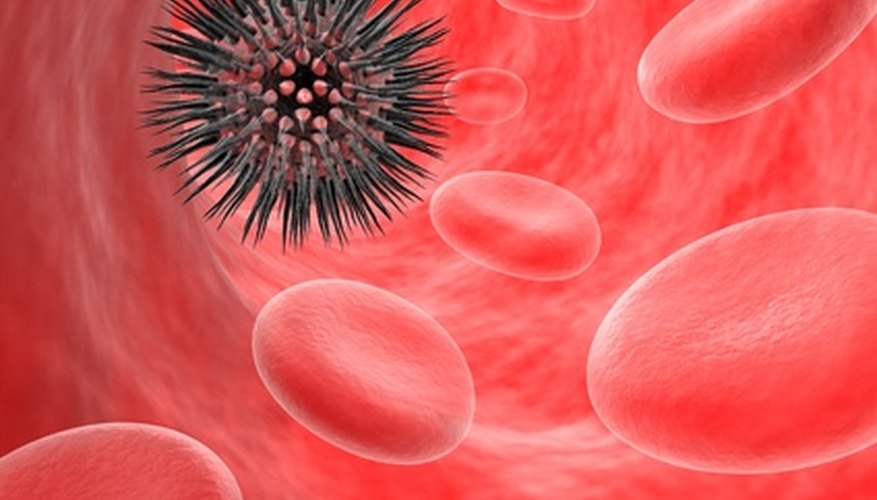There are currently 30 known blood group types among humans as of March 2010. Of the 30 blood types, the Rh blood group is one of the most clinically important because of the increased risk of health problems. The Rh blood group is composed of 50 known blood antigens, such as D, C, c, E, and e. The "E" antigen, also referred to as the "Big E," is a particularly strong antigen that poses an increased health risk during childbirth and blood transfusions.
Antigens
Antigens are small molecules or substances recognised by the immune system. Individuals typically inherit antigens, or sometimes acquire them during blood transfusions or childbirth. Blood antigens attach to the surface of red blood cells. Scientists categorise blood types based on the type of antigen you have on the surface of your red blood cells. Each antigen has a unique amino acid sequence. Amino acids are small molecules (made of an amine group, carboxylic acids, and a side chain) that make up the chemical building blocks of proteins.
- Antigens are small molecules or substances recognised by the immune system.
- Blood antigens attach to the surface of red blood cells.
E Antigen
The "Big E" antigen is significant because it can cause increased health risks for certain individuals. If an individual has the "E" antigen, he or she will not produce an "anti-E" antibody. In this case, the individual's immune system will tolerate the antigen. However, if the individual does not have the "E" antigen during exposure to it via childbirth or blood transfusion, the individual's immune system may build antibodies against it. This immune system response leads to potential complications such as hemolytic anaemia (red blood cell destruction) or infection.
- The "Big E" antigen is significant because it can cause increased health risks for certain individuals.
- However, if the individual does not have the "E" antigen during exposure to it via childbirth or blood transfusion, the individual's immune system may build antibodies against it.
Blood Transfusions
Individuals with the "E" antigen in their blood can only receive blood transfusions containing type "E negative" blood. Otherwise, the individual may experience a "delayed transfusion reaction." This results in potentially serious reactions such as allergic responses, infection or hemolysis (degradation of red blood cells).
Pregnancy and Childbirth
If a pregnant woman is "E negative" and carries the "E" antibody, there is a risk of health problems during childbirths. This only occurs if the child is born with the "E" antigen, and the mother does not carry the "E" antigen (but does carry an antibody against it). In this situation, the mother's immune system can attack the newborn's blood cells during birth (due to blood contamination), leading to hemolytic anaemia. This can be fatal for some infants.
- If a pregnant woman is "E negative" and carries the "E" antibody, there is a risk of health problems during childbirths.
Treatment and Prevention
The "Big E" antigen only poses a health risk for individuals during blood transfusions or childbirth. For blood transfusions, patients can avoid complications if the medical professionals accurately match the patient's blood type to the receiving transfusion blood type.
For childbirth, treatment is only necessary for women carrying the "E" antibody (E negative), whose children will have the "E" antigen (E positive). In this case, the doctor may treat the mother with injections of immunoglobulin serum, which will desensitise the immune system against the antigen. This reduces the risks of complications during childbirth.
- The "Big E" antigen only poses a health risk for individuals during blood transfusions or childbirth.
- For childbirth, treatment is only necessary for women carrying the "E" antibody (E negative), whose children will have the "E" antigen (E positive).
Frequency
According to the National Library of Medicine-National Institute of Health, 29 per cent of Caucasians, 22 per cent of blacks, and 39 per cent of Asians carry the "E" antigen. It occurs in both men and women.
